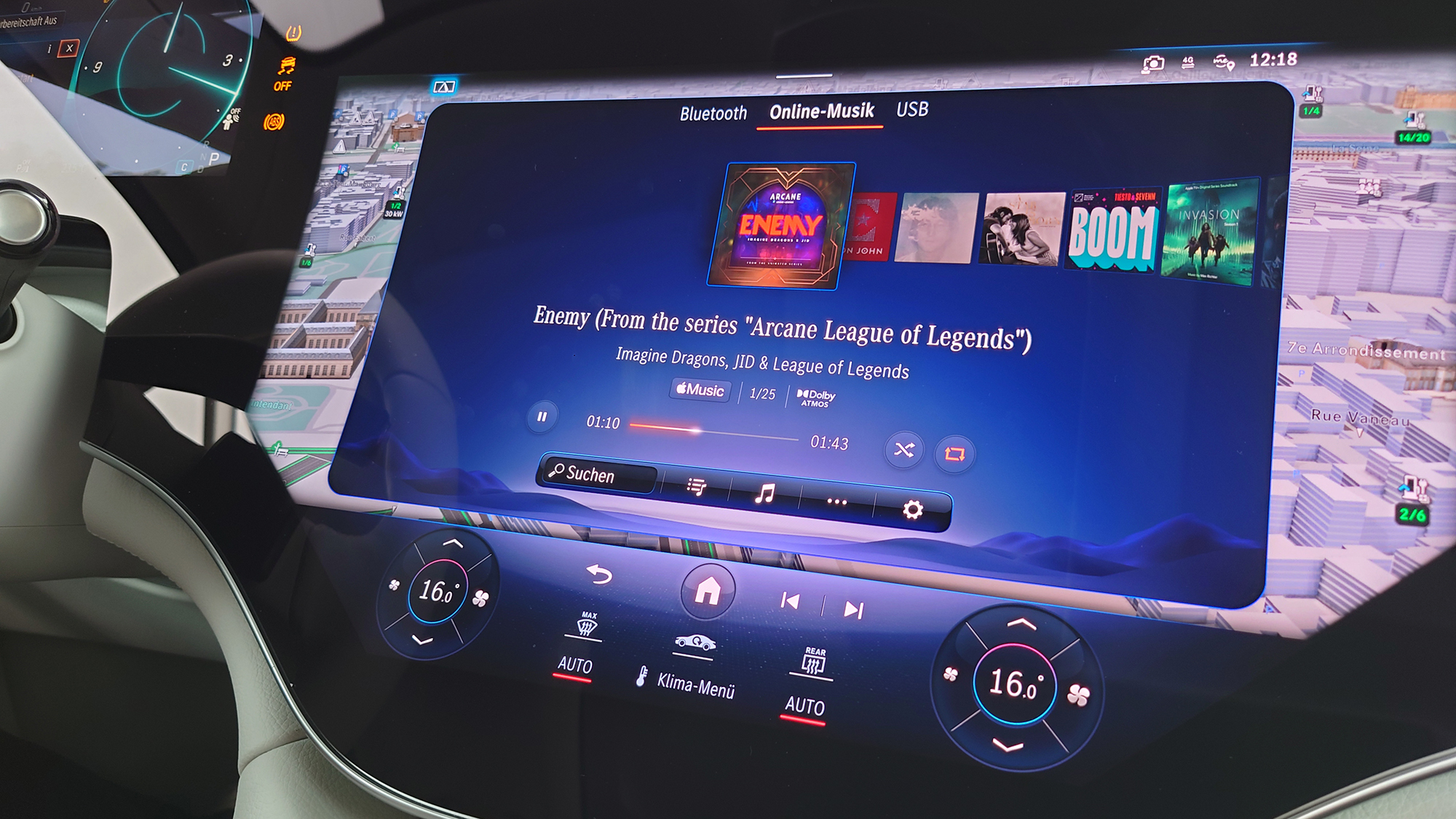
I have been reviewing hi-fi for a couple of decades now, with endless hours spent in the What Hi-Fi? test rooms putting everything from audiophile headphones to stereo amplifiers through their paces. But my testing hasn’t always been confined to What Hi-Fi? HQ.
There have been occasions where I have swapped four walls for four wheels to listen to a number of different in-car hi-fi systems.
You see, in recent years, the number of hi-fi brands partnering with car manufacturers has reached an all-time high with everyone from Bowers & Wilkins to Sonos getting in on the act. It’s easy to see why – most of us probably do most of our music-listening not in our own homes, but in our cars.
I have experienced everything from bog standard badge-less set-ups to full-blown flagship surround systems costing thousands and I have learned a few things along the way, some of which I think you might find useful.
Interested? Hop in the passenger seat and come along for the ride…
If it has a driver-focused mode, use it
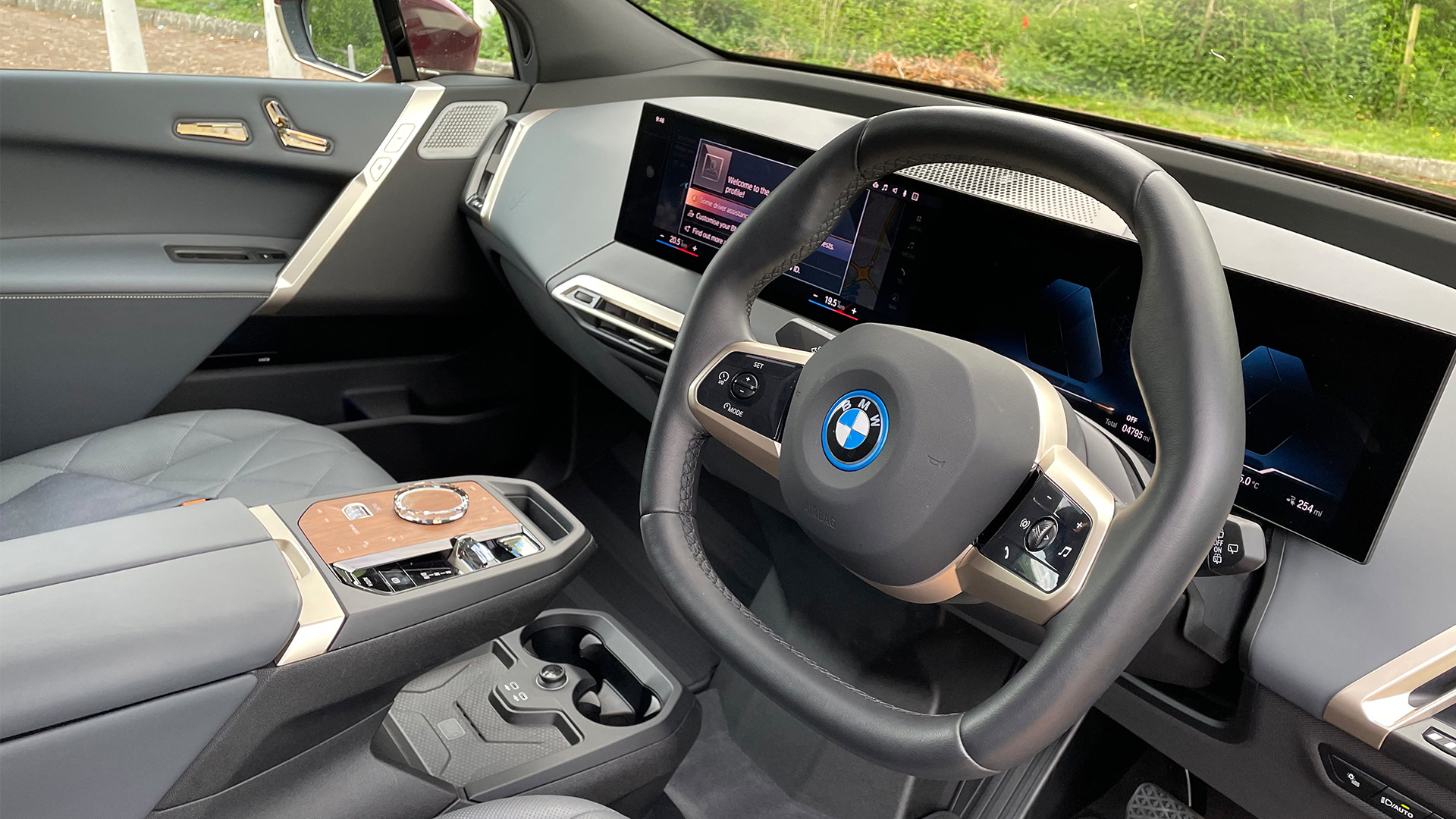
Now, this is a mode that’s only really worth using if you’re flying solo, but some in-car systems have a setting that focuses purely on the driver. This mode tends to reduce the spread of sound across the front of the cabin, instead shifting it to the driver’s side so they get a more stable and detail-rich soundstage. You should get more of a feeling that you are listening to a traditional pair of speakers.
Experiment with the balance
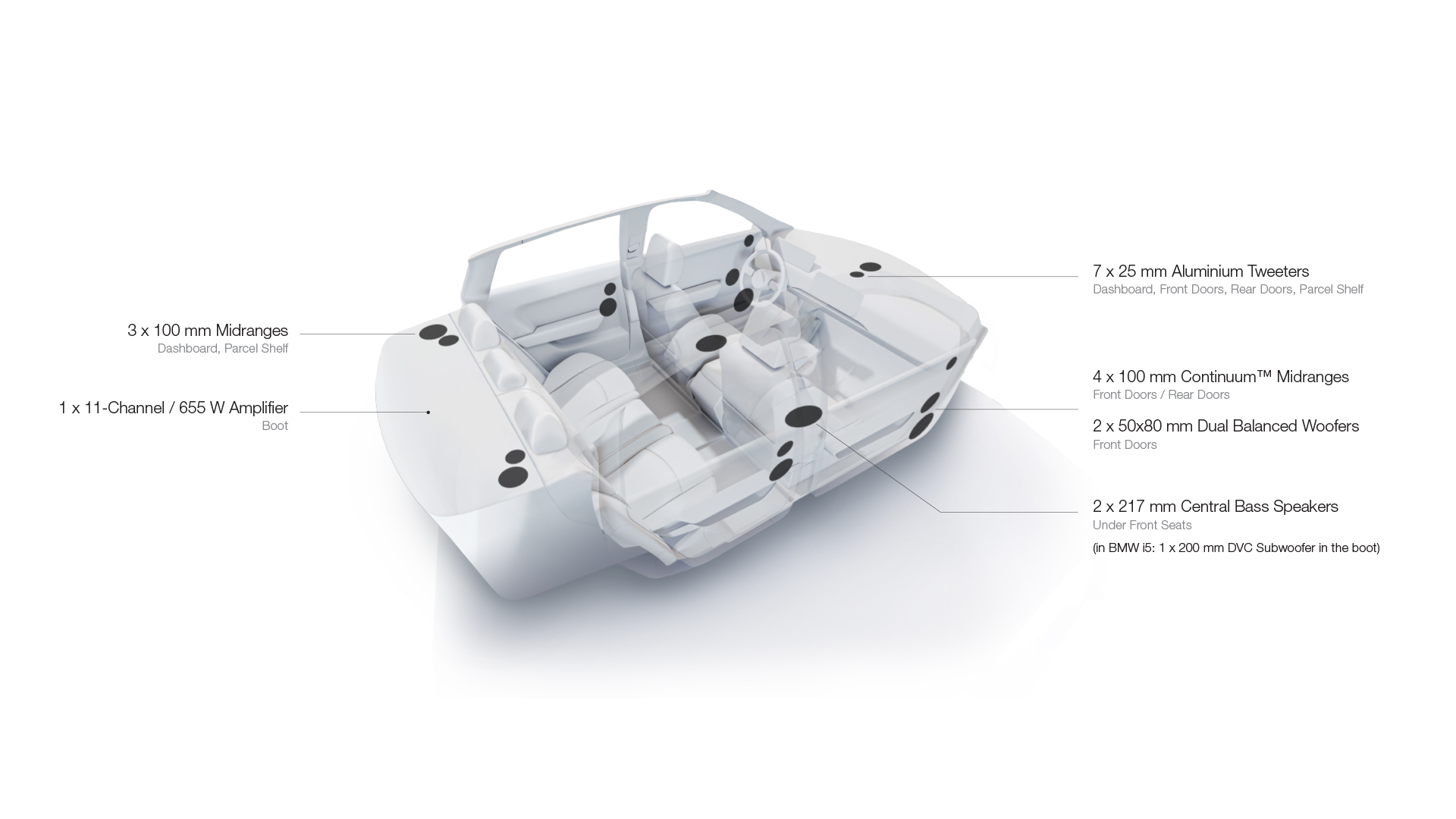
Moving the sound from the back to the front of the cabin can have a couple of benefits. Besides keeping the noise down in the back if you’ve got a sleeping child to contend with, it can also bring an extra sense of solidity to the sound in the front of the car. Most systems out of the box come set up to benefit all passengers, so the menus tend to show the balance set up so it’s right in the middle of the vehicle. Try different positions to hear how the sound is affected.
Car systems take time to run in too
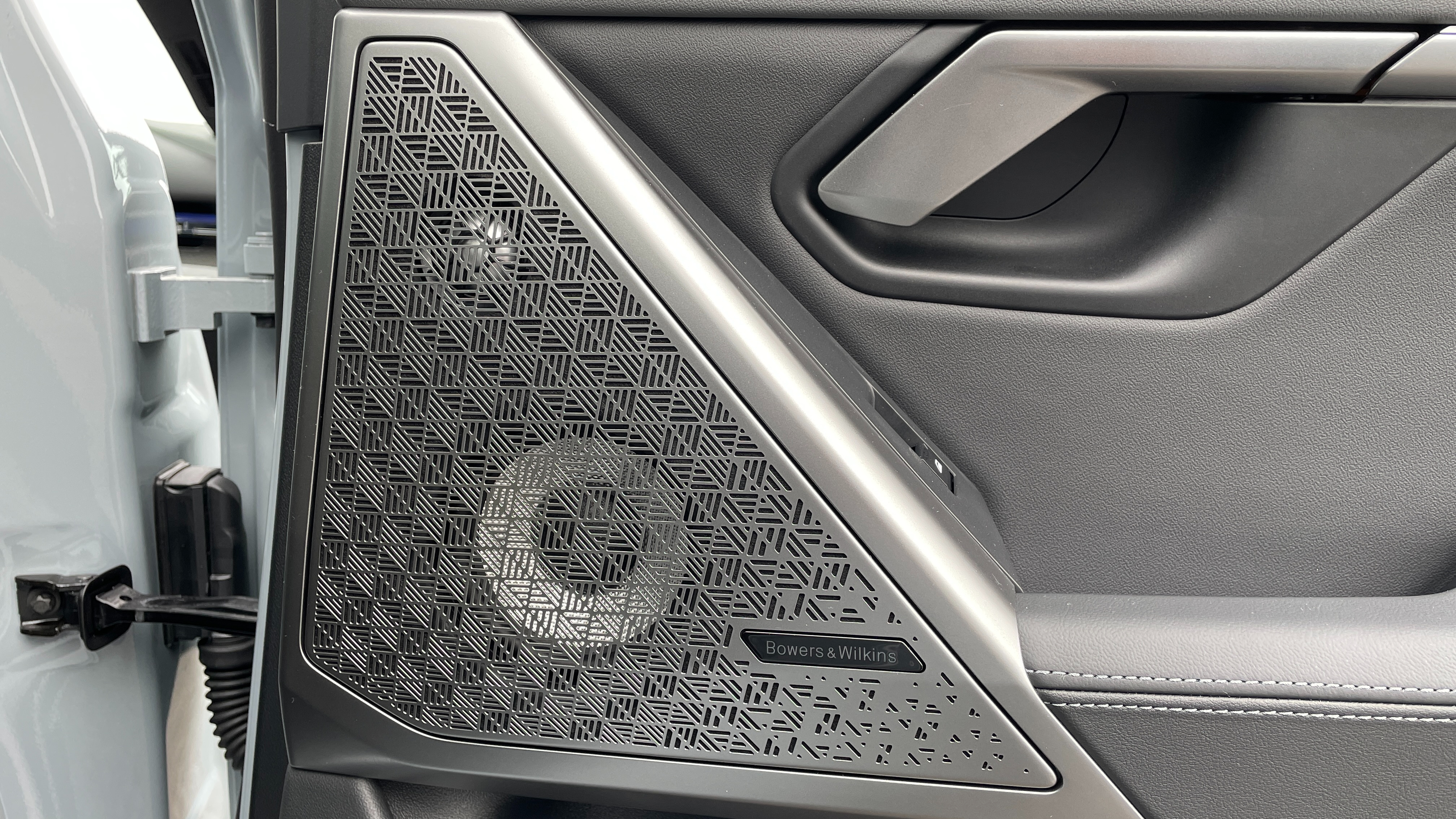
In the same way that a pair of speakers and a stereo amplifier take time to bed in, I’d say the same applies to any car stereo system. You’ll be surprised how the sound can change over time as treble starts to soften and bass starts to sound freer and less uptight over time. Obviously, how frequently you drive it will affect how quickly the system runs in - a fine excuse to take your pride and joy out for another spin!
The system upgrade tends to be worth it
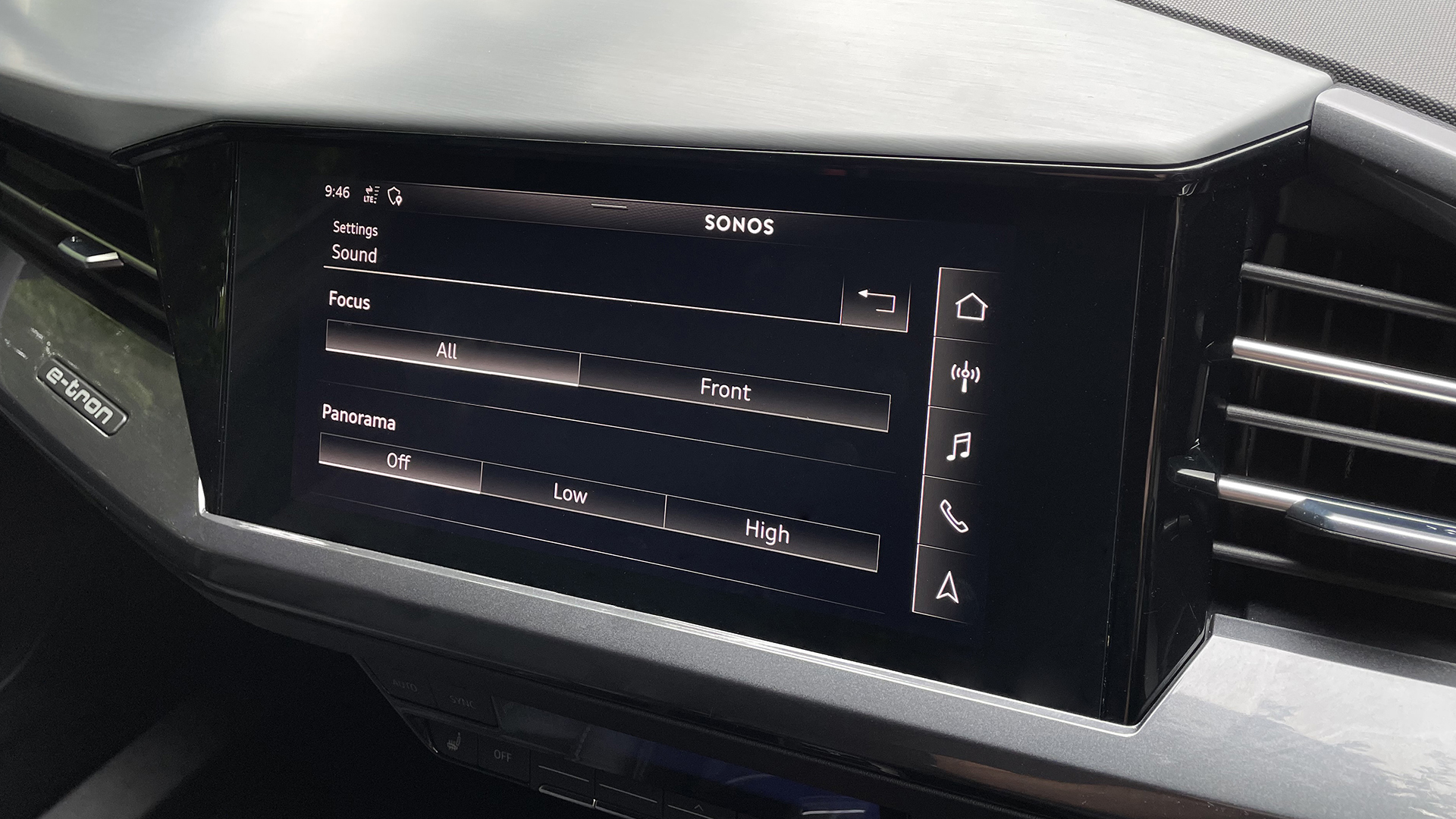
I have been able to do quite a bit of before and after testing – trying cars with their standard system before making the jump to the top-tier system that’s on offer. And, on many occasions, I have found that the jump in system is worth it, especially when you are comparing the base model. I would say the best thing would be to try before you buy, so maybe consider taking your phone and a few of your favourite test tracks to your local dealer. Of course, this requires the dealer having cars with both systems which can be tricky.
Tread lightly with the surround sound
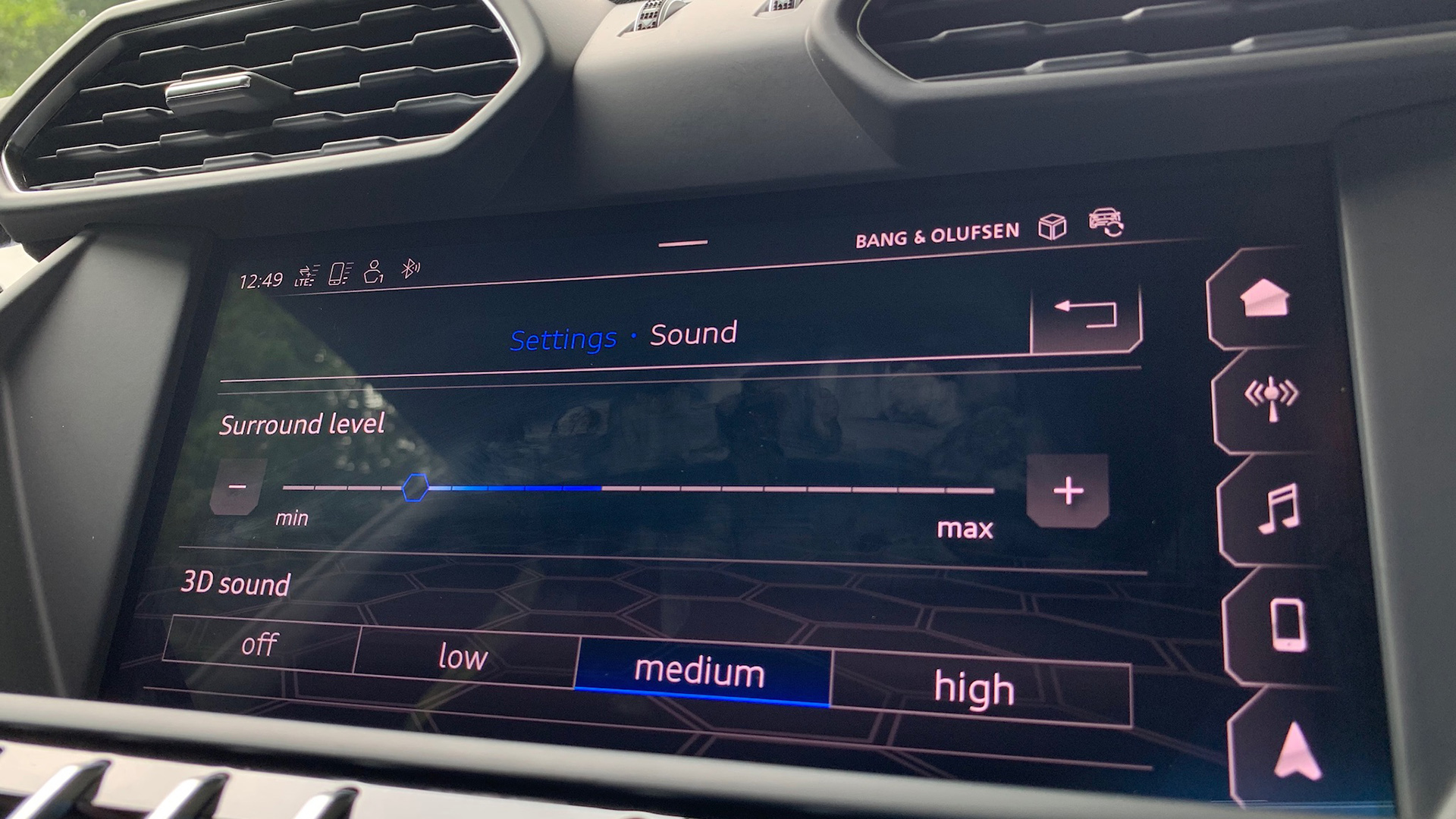
If your in-car system has multiple speakers, chances are you are going to have some sort of surround sound mode, which you can either turn on or off. You might even be able to tweak the intensity of the surround effect and the level of immersion it offers. When it’s done well I have found the surround processing helps fill in gaps around the driver and the front of the cabin well and can give you a fuller sound field.
I tend to find sticking with the out-of-the-showroom settings tends to bring the best results. Occasionally, I’ll crank it down if I want a bit more clarity but I certainly wouldn’t turn any surround processing up to the max as the sound field can start to sound unnatural and lose focus.
Sound modes can be hit and miss
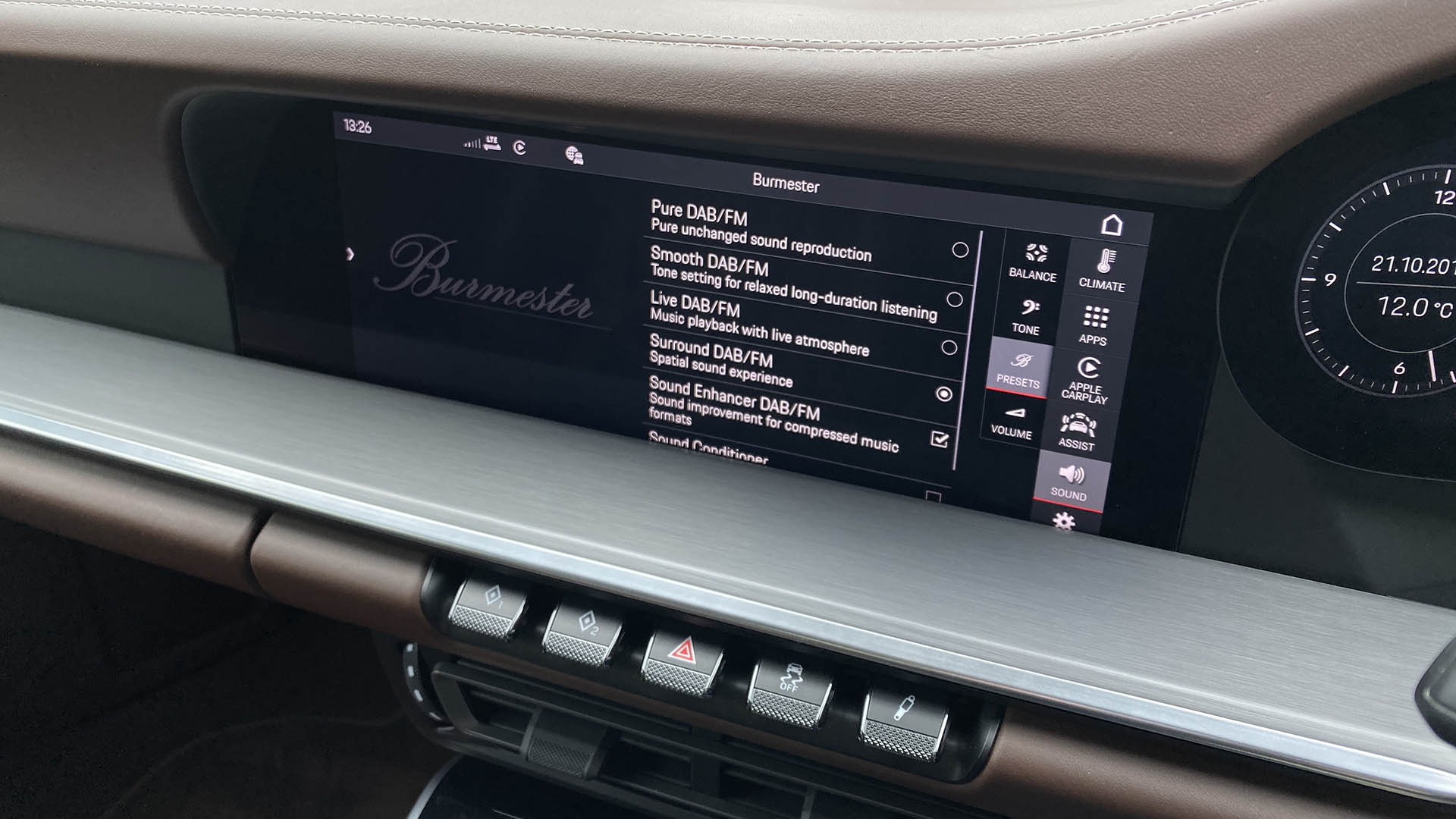
Call me unadventurous, but I’m not a huge fan of having a big number of different sound modes to choose from. I’m not overly fussed about hearing Drake sound like he’s playing in a jazz club in outer Mongolia. I understand why some brands do it, but I can’t think of an occasion where I have tried a mode like this and left it there for longer than a few seconds. I prefer modes that promise the most natural or authentic sound quality.
Tone controls can be worth tweaking
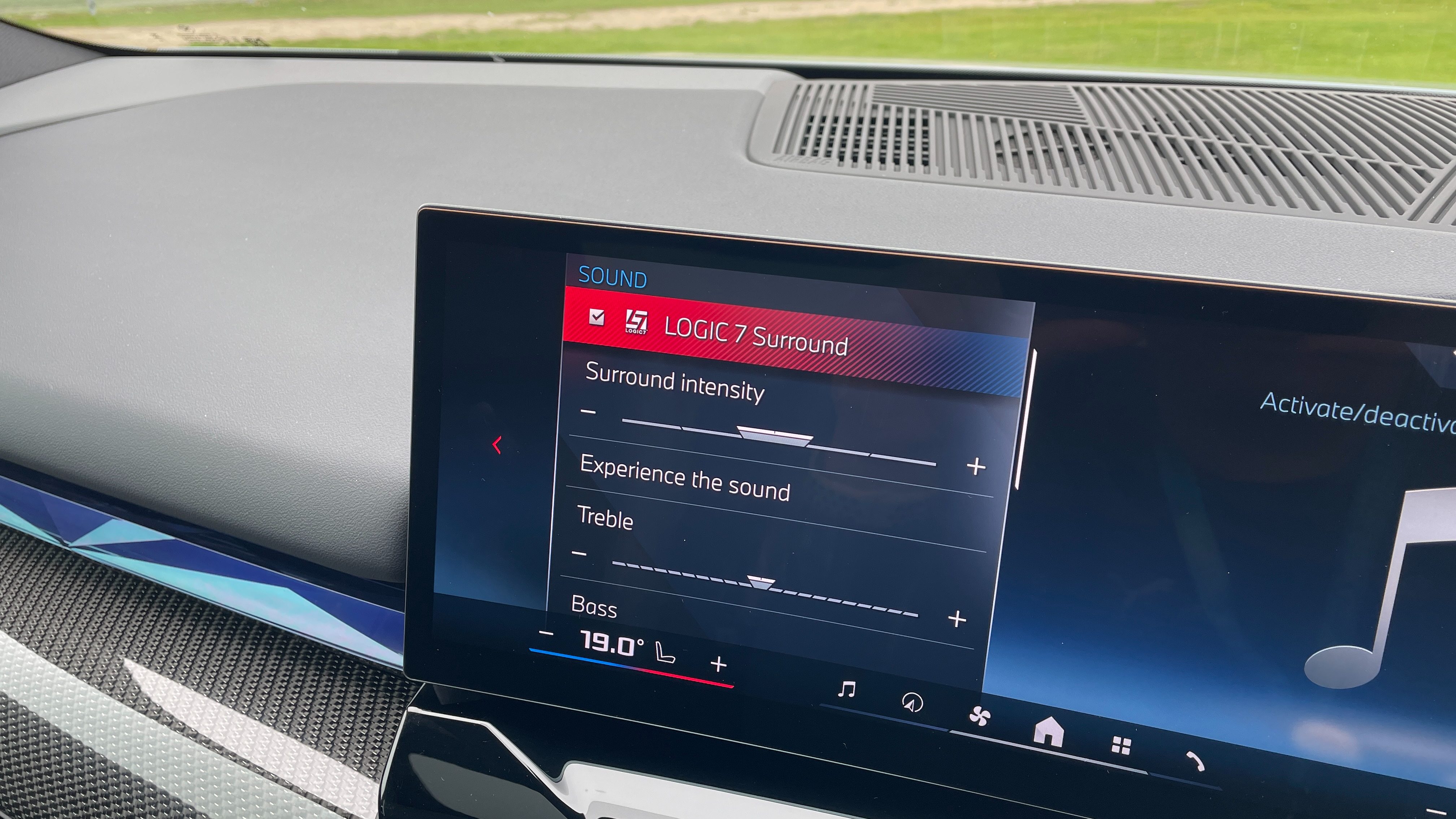
You might think that most sound systems sound at their best out of the box, with all the menus, sliders and controls in the standard positions. But, speaking from experience, you might be surprised at the number of times I’ve had to resort to a spot of tweaking. It tends to happen at the bottom end of the frequency spectrum when over-enthusiastic bass needs turning down a notch or two. At the opposite end, you might find a particularly frisky treble needs toning down or indeed needs a bit of extra sparkle. Again, don’t be afraid to experiment.
MORE:
Hands on: Bowers & Wilkins Surround Sound System (BMW 5 Series 2023) review
I listened to the Apple Spatial Audio system that makes people cry – and it’s the future
5 reasons your car audio system is better than your hi-fi (or could be soon)







